Industrial washing / Articles
Industrial degreasing: what it is and how to implement
Industrial degreasing is essential for the health of customers and professionals, and greatly impacts productivity. But what does it mean and how can companies implement it?
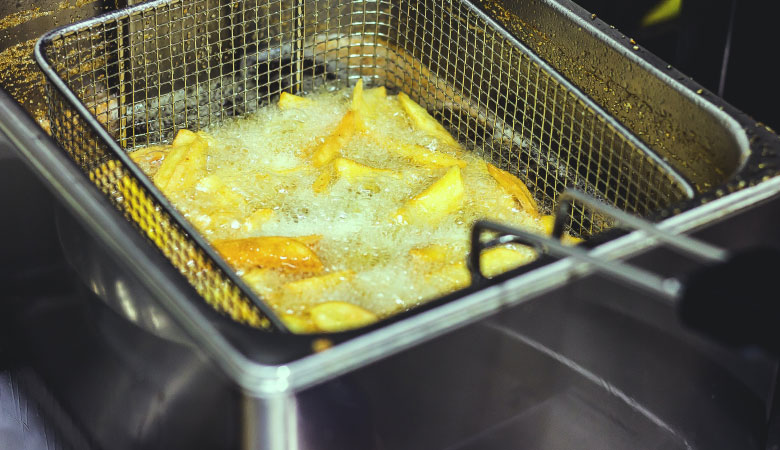
 7 minutes of reading
7 minutes of reading
2022-05-05 16:10:28
Industrial degreasing is a necessity for almost every industry and is essential to maintain a safe and healthy work environment. So what does this concept mean, what are its key benefits, and how can companies implement it?
What is industrial degreasing and why is it important?
Simply put, industrial degreasing is the removal of oils, lubricants, waxes and other forms of dirt from a surface. It is a widely used process to clean machinery, equipment, tools and industrial components. It also plays a fundamental role in food security, worker protection and efficiency in different sectors, from healthcare to food or automotive.
Take Starbucks, whose workers went on strike after a leak forced them to shut down one of their restaurants. The accumulated fat of several weeks overflowed, spreading waste all over the kitchen floor and endangering both customers and professionals. The result was a public backlash that made headlines in several media outlets and prompted the Occupational Safety and Health Administration (OSHA) to act.
This type of situation carries a direct risk to human health, with the potential to produce toxic and flammable gases such as methane, hydrogen sulphide and carbon monoxide. Yet, it could have been avoided with a degreasing protocol, an essential practice to ensure safety and hygiene at work. It also enables the timely detection of leakages or abnormalities in equipment.
Where is industrial degreasing more relevant?
Every industry produces dirt and oil, both in the production process and in the storage of finished products and raw materials. From dust in the air, to waxes, oils, fats or even the accumulation of carbon dioxide–everything contributes to the accumulation of dirt on the surfaces.
In most cases, industrial degreasing is applied to metal products, but plastic, fiberglass and electronic circuits can also be treated by the same process. Therefore, degreasing has a wide range of applications.
Most traditional degreasers use a combination of detergent and other chemical concentrates. However, a new breed of industrial degreasers is more replacing these toxic chemicals, making the process safer and faster.
Derived from natural ingredients, these bio-degreasers are better for workers and the environment. They are also more productive for companies, as they produce less waste, allowing for a complete separation of oil and other hydrocarbons. Industrial degreasing is thus growing into a practice every company concerned with their ecological footprint can implement.
How to implement effective industrial degreasing: 7 recommendations
Follow these recommendations to implement industrial degreasing safely, efficiently and with a structured approach.
1. Devise a plan
Start by identifying the areas most at risk in your organization. They can be in production, storage, assembly, or processing stages. Then, create a degreasing plan, with dates, locations, and owners, and stick to it. This ensures that the process is done in an organized and effective manner, and that you include critical areas.
2. Define working standards and train your team
Training the entire team responsible for washing is important, especially regarding degreasing standards. There are overarching ground-rules, such as ways to minimize the risks posed by hazardous substances, and specific training depending on the type of equipment and surfaces to degrease.
3. Use the right products
For effective degreasing, choose products capable of wiping out microorganisms that pose a risk. The right degreaser should be suitable for the surfaces and environments where you are going to use them. For example, degreasing an industrial kitchen countertop differs from doing the same in a work tool. This level of care is especially important in preventing the spread of food born diseases in the food industry.
4. Follow the manufacturer’s instructions to the letter
Most tool and equipment manufacturers show the recommended concentrations of degreasers. The same applies to the storage of these substances. Following these recommendations is important to minimize exposure and ensure that incompatible substances are separated. Remember to never mix different chemicals to avoid causing dangerous reactions.
5. Define a degreasing sequence
The degreasing sequence is another important factor, with specific rules. Move from the cleanest to the dirtiest area, as to avoid contaminating clean spaces. Degrease from top to bottom, instead of switching between different areas, and cover the spaces with an ‘S’ shaped pattern. Avoid going through the same area twice.
6. Use Personal Protective Equipment
Personal Protective Equipment (PPE) such as gloves, visors and aprons, are essential for a safe degreasing. Gloves are important to protect from occupational diseases, such as contact dermatitis. The same goes for visors. The apron is essential to avoid any potential chemical contamination that can penetrate the clothes and damage the skin. Always check which PPEs are recommended by the manufacturer.
7. Check the ventilation of the space
Make sure there is sufficient ventilation before degreasing. Proper ventilation reduces harmful substances in the air, such as fumes produced by chemical usage, which can cause severe health problems such as occupational asthma. Finally, train your team on basic hygiene rules such as always washing their hands after cleaning, with an effective procedure and even if they are wearing gloves.
Multiwasher, high performance degreasing
Technology helps. It makes degreasing a more efficient, faster and safer process. The Multiwasher is a state-of-the-art industrial washing equipment that allows you to degrease every utensil, from machine components to work tools. Degreasing takes place in a closed environment, to avoid contamination of the workspace, and with reduced water and energy consumption. See the difference with a custom webinar.
You may also like
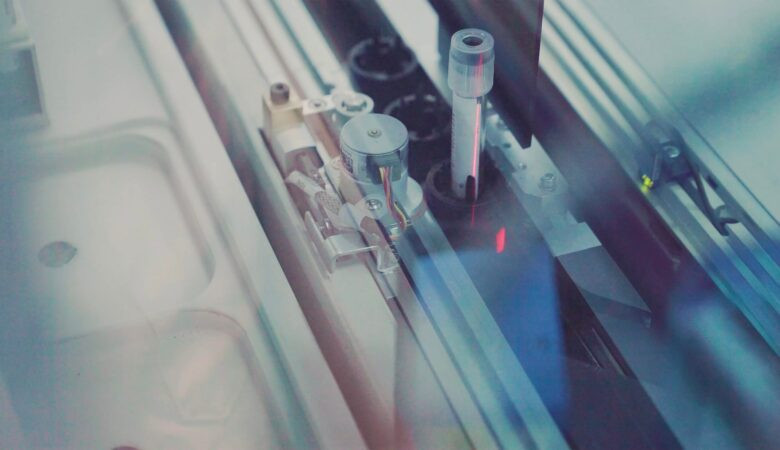
Industrial washing / Articles
Industrial automation: how to increase the efficiency of operations
Any company seeks to optimize resources. Industrial automation as well as the Internet of Things (IoT) are key elements to increase process effic...
Posted in 2022-08-25

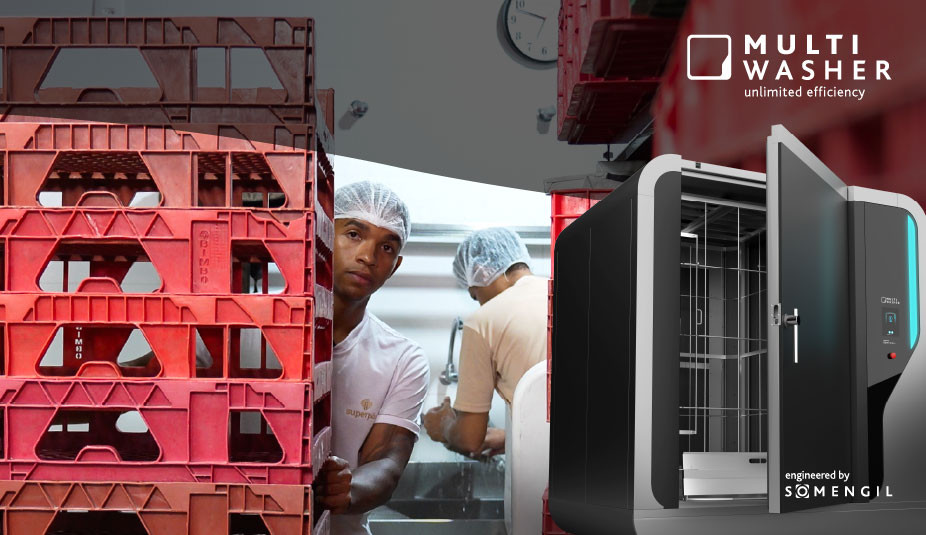
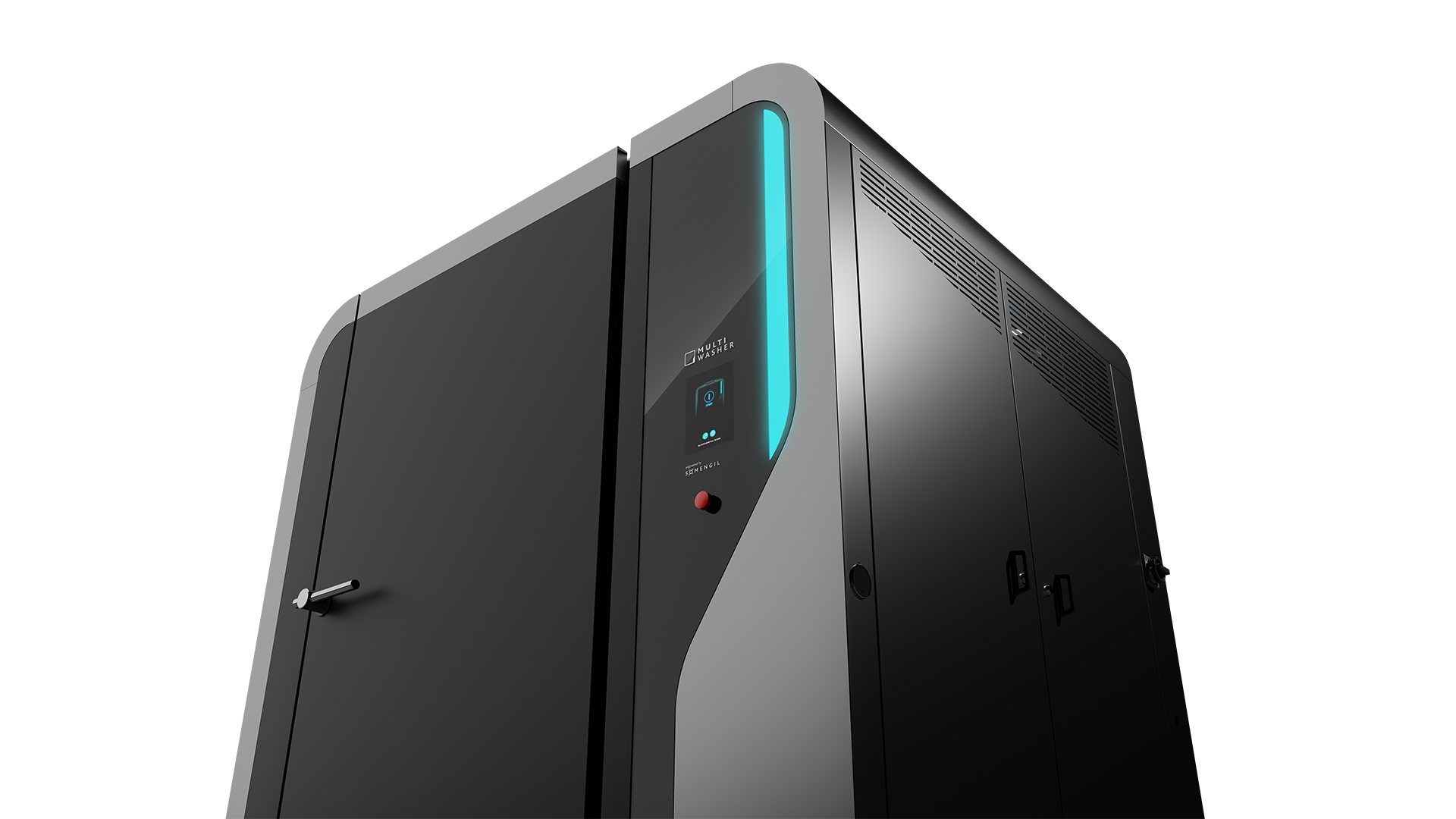
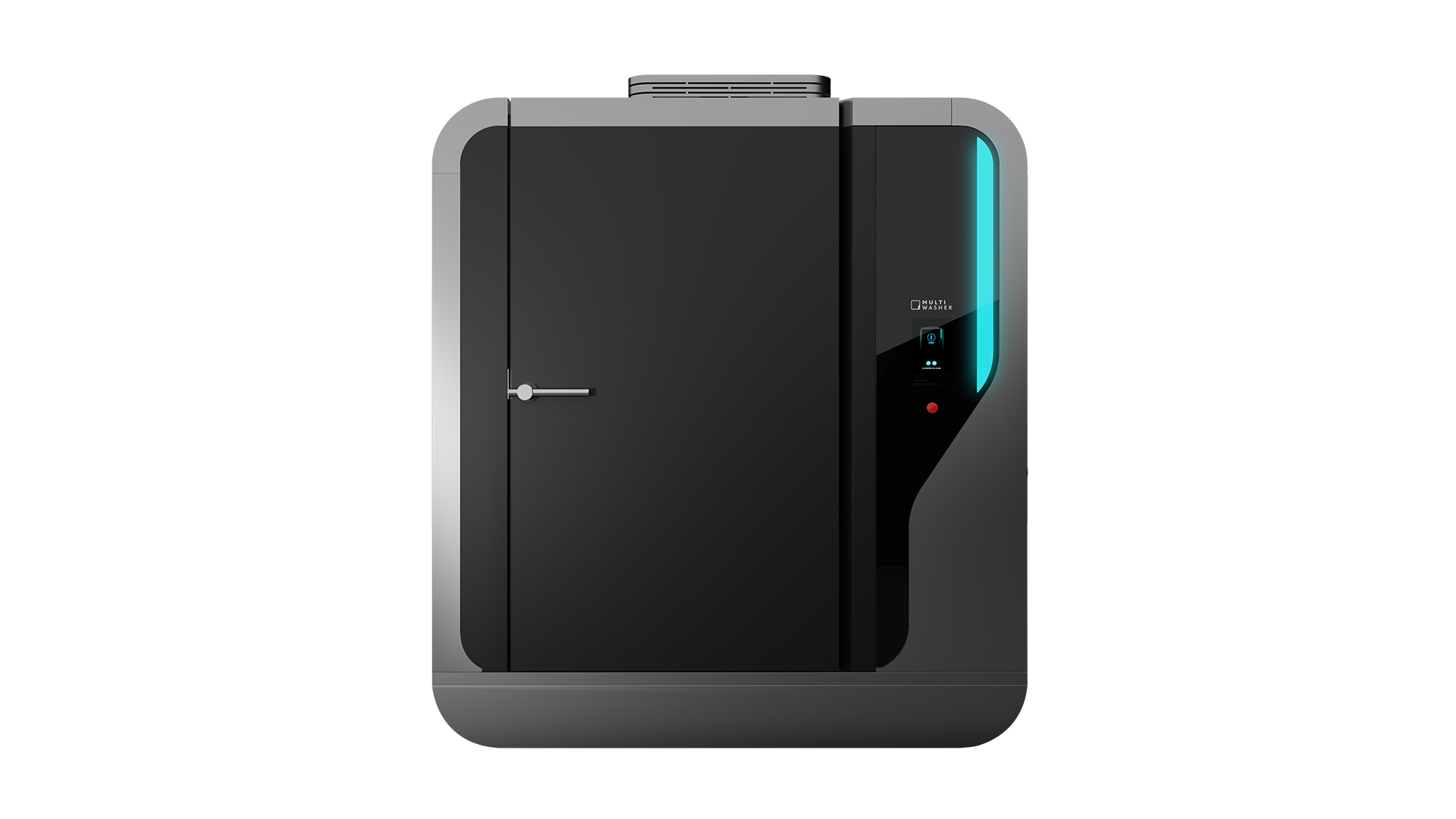
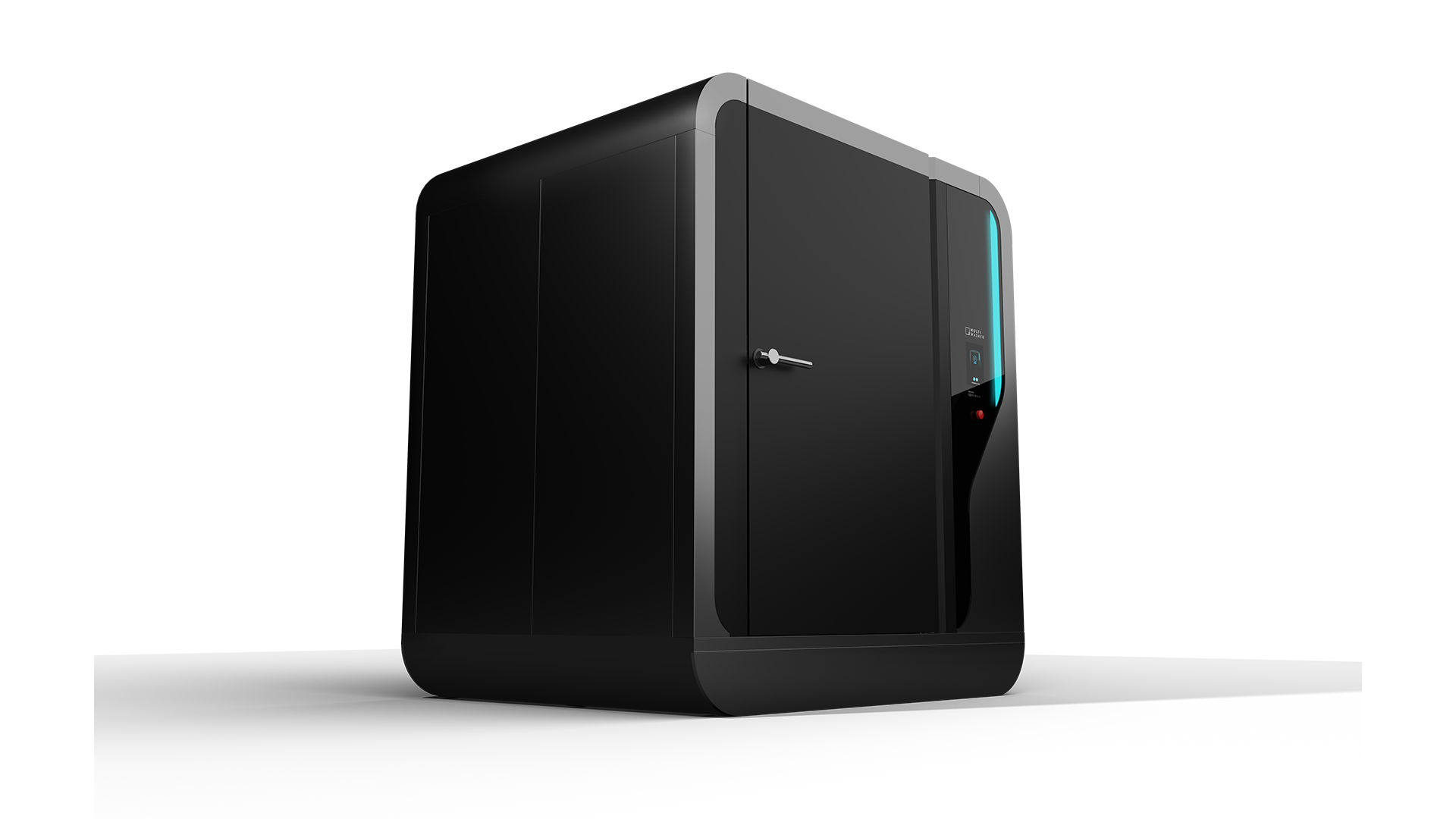
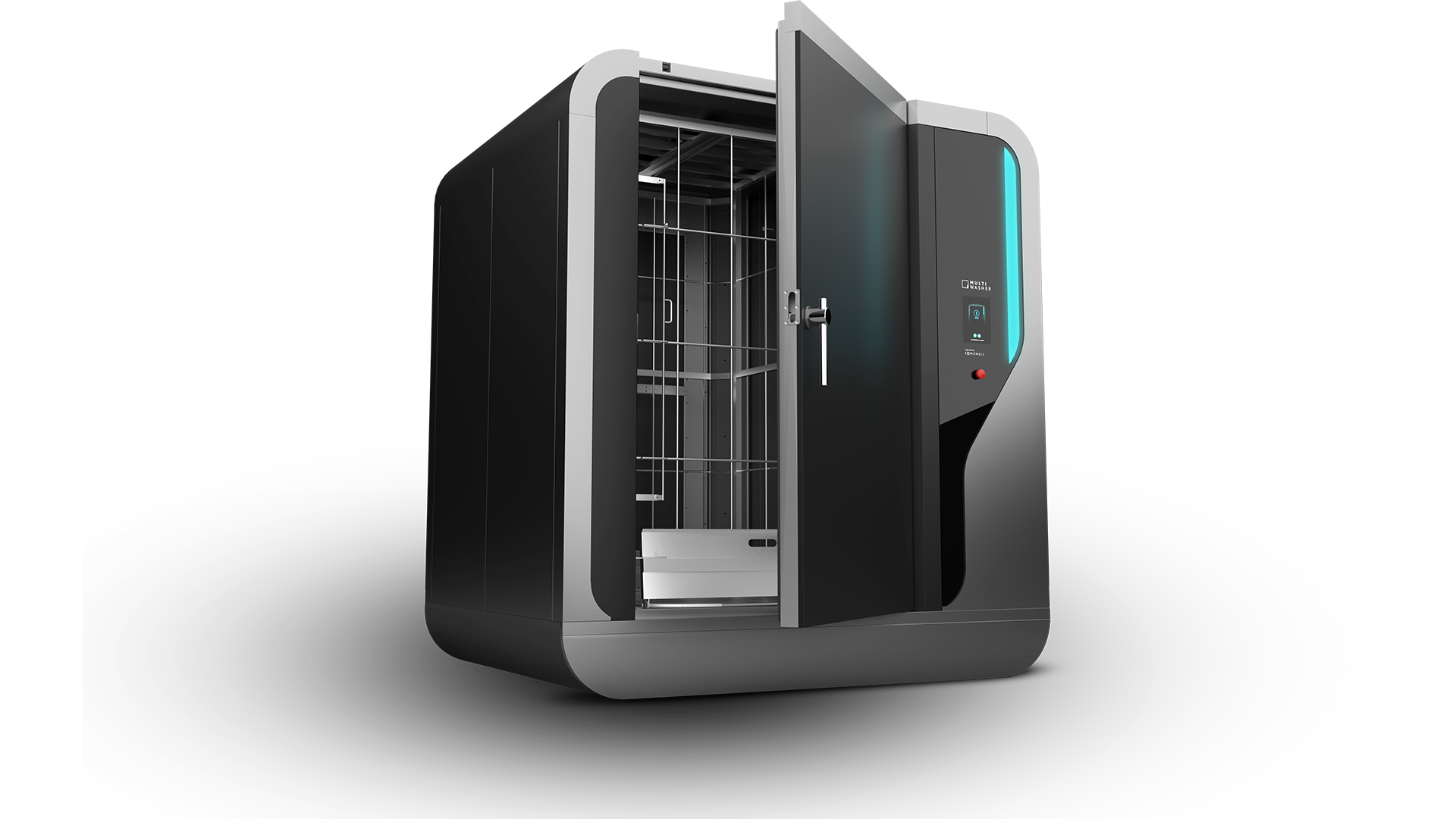
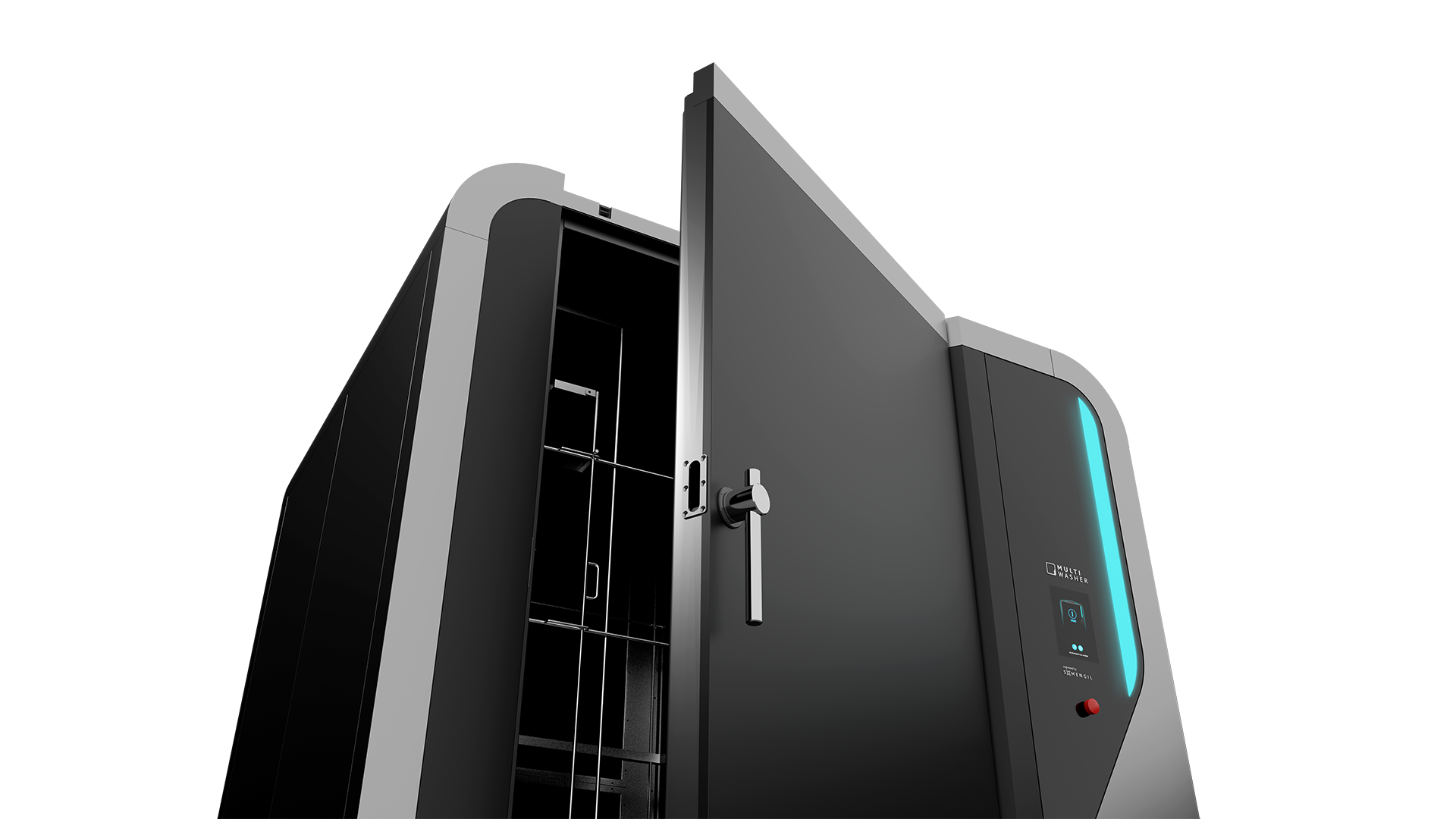
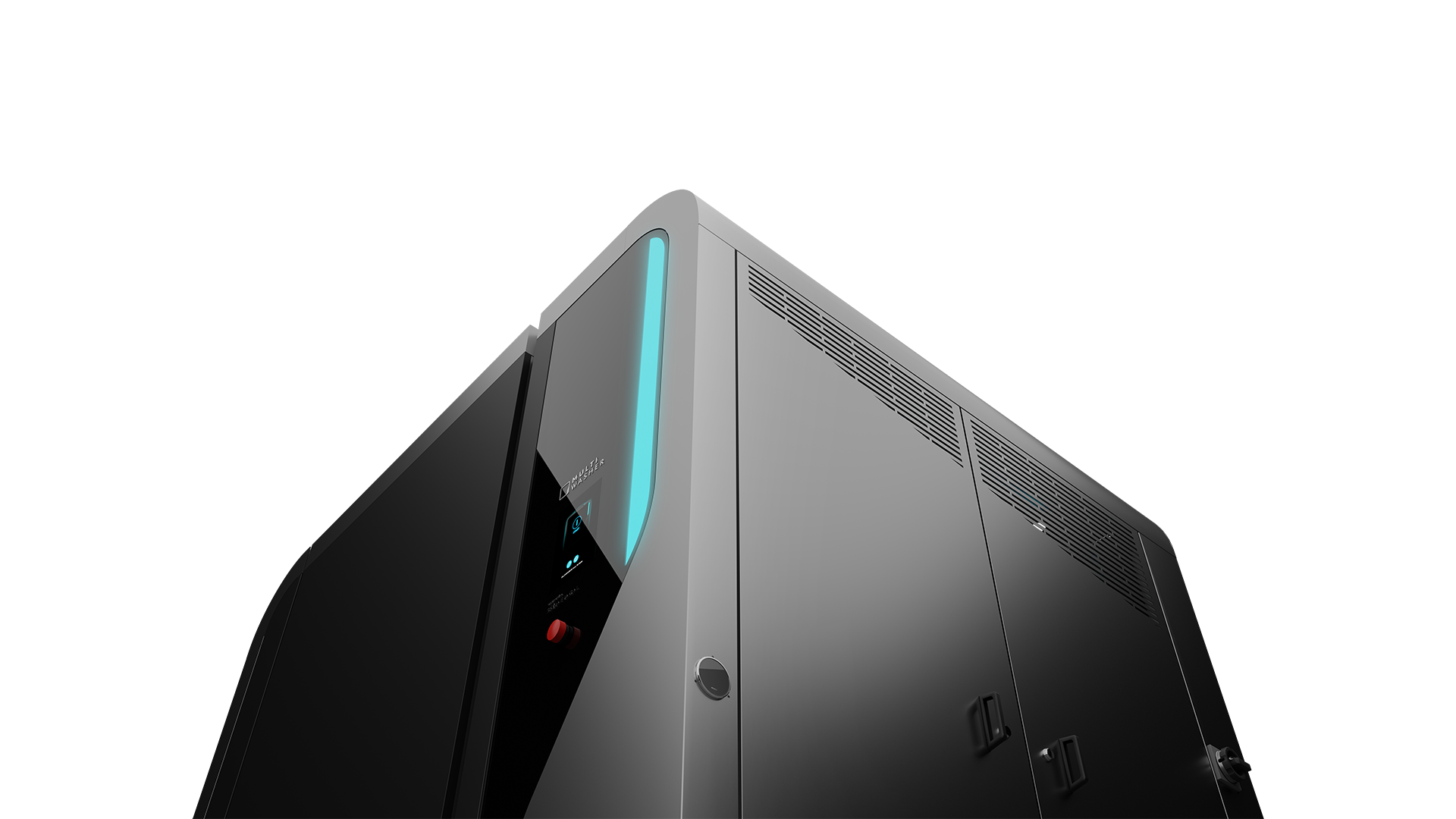
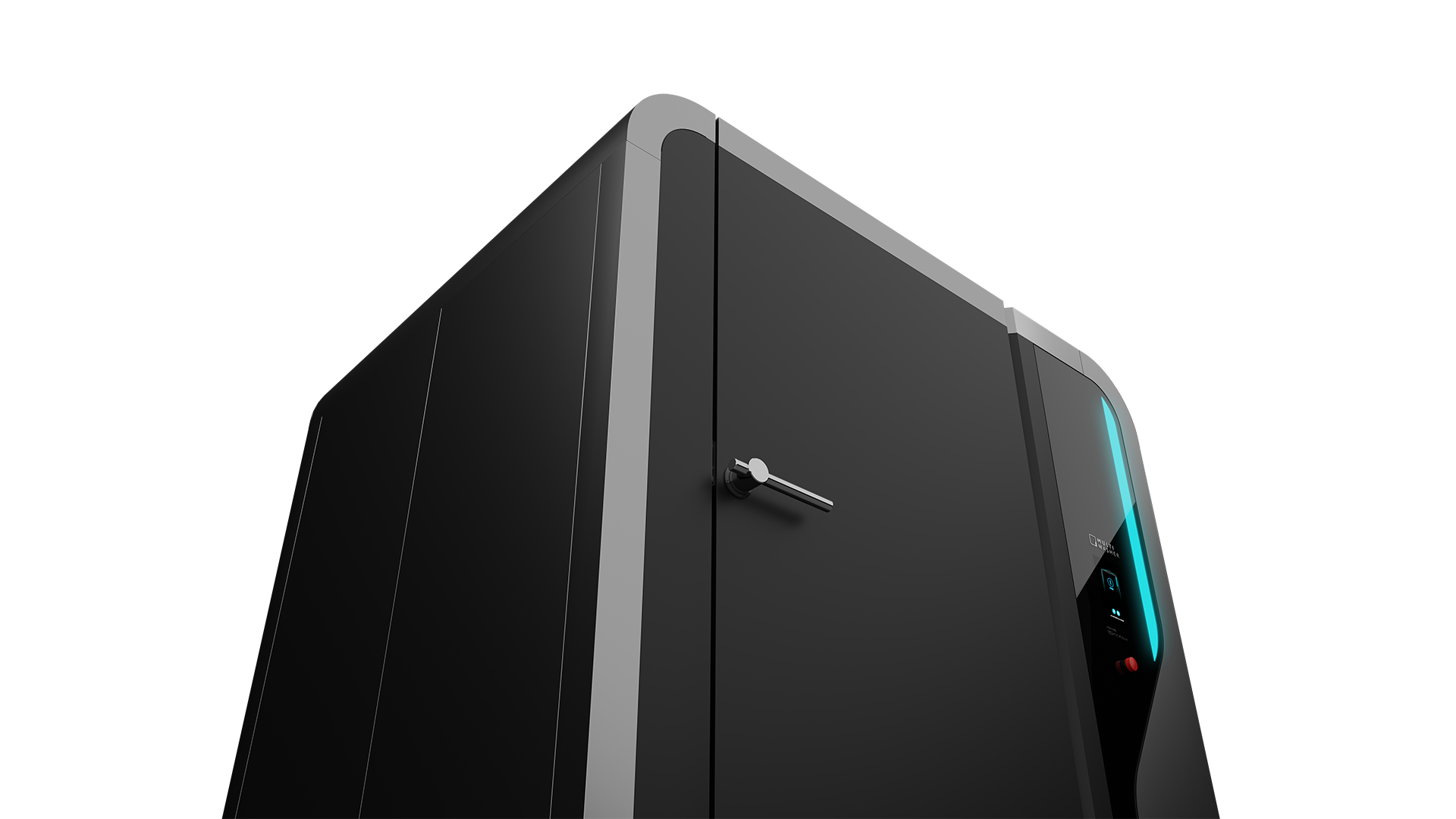
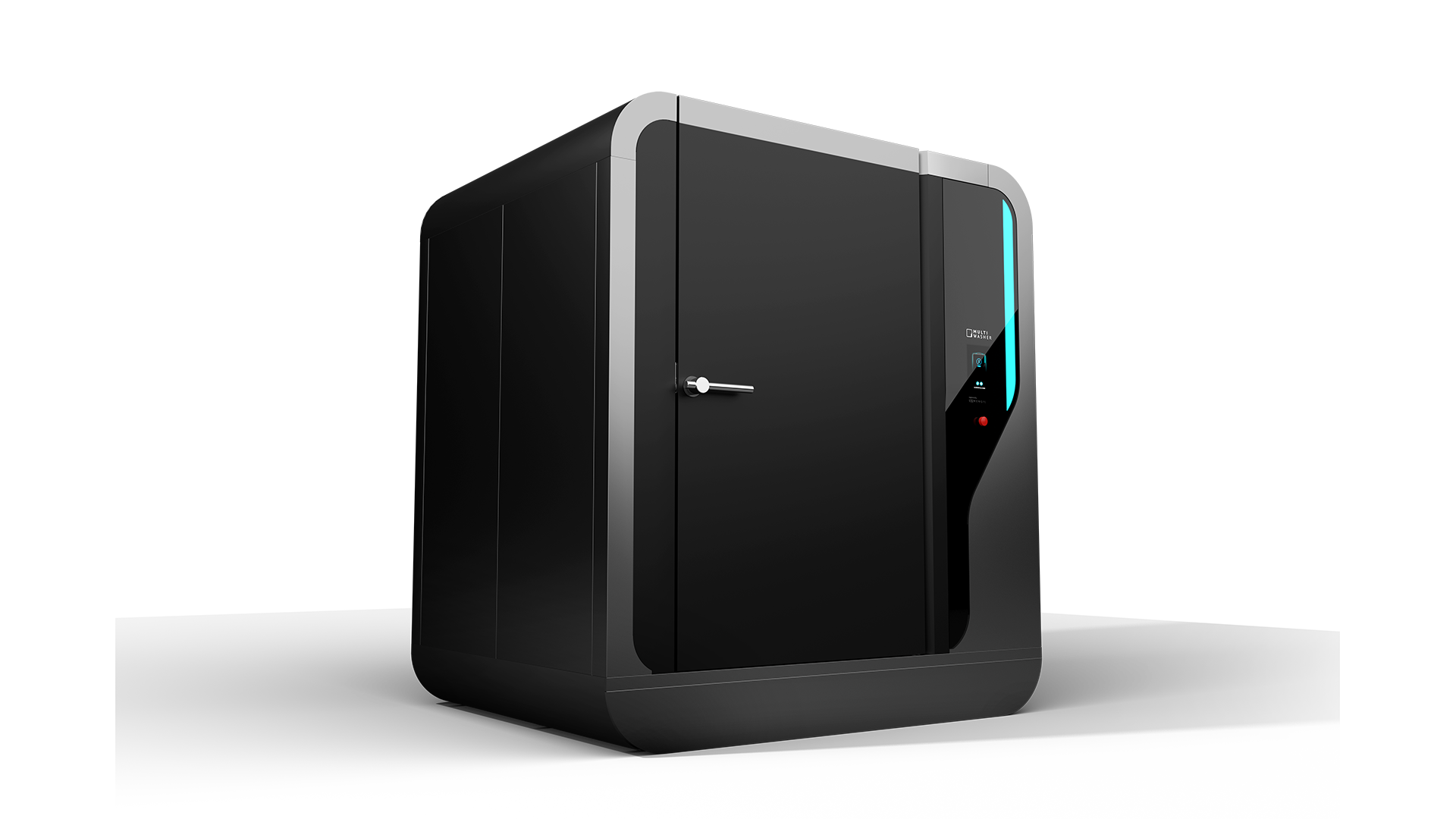
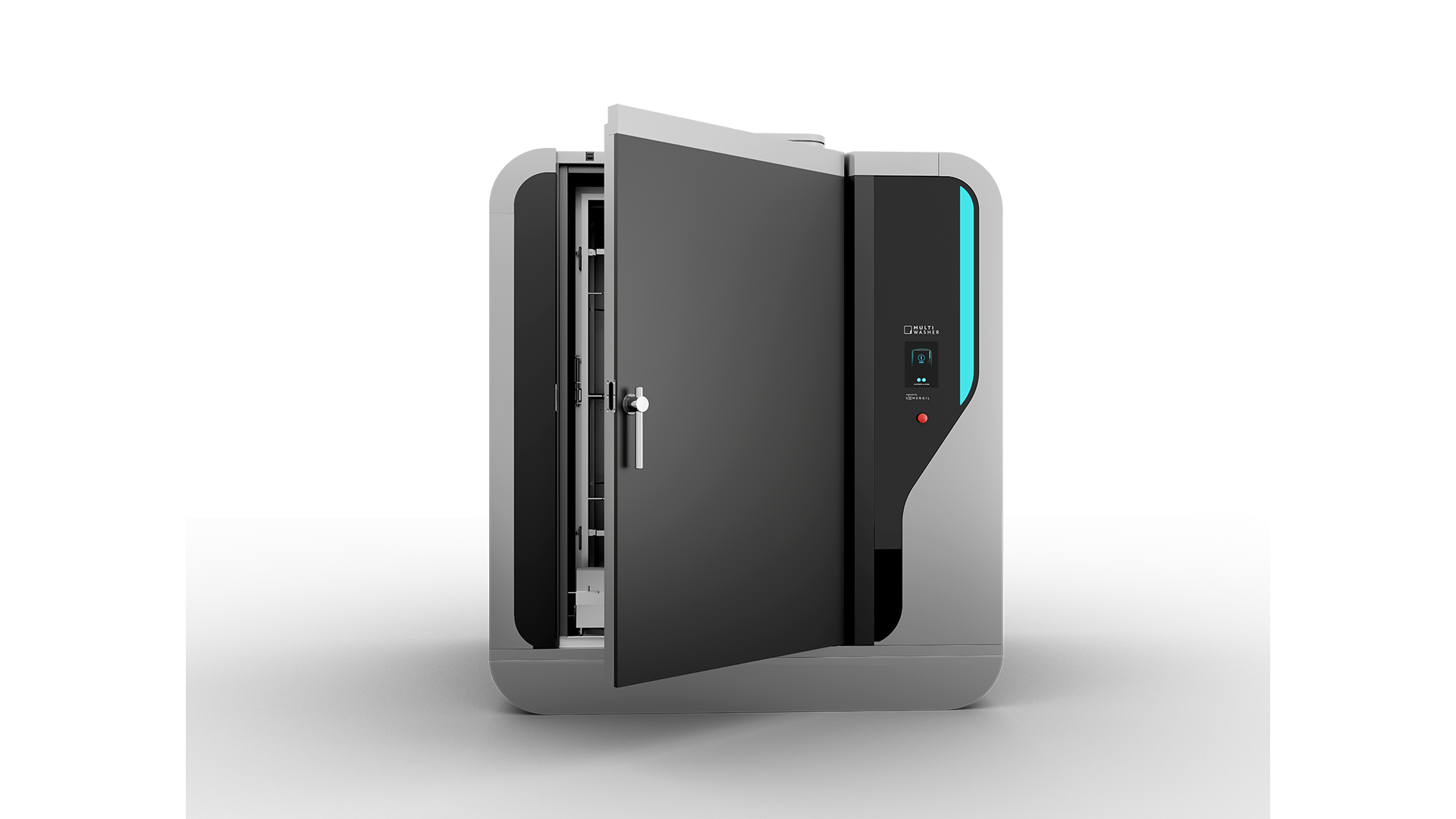
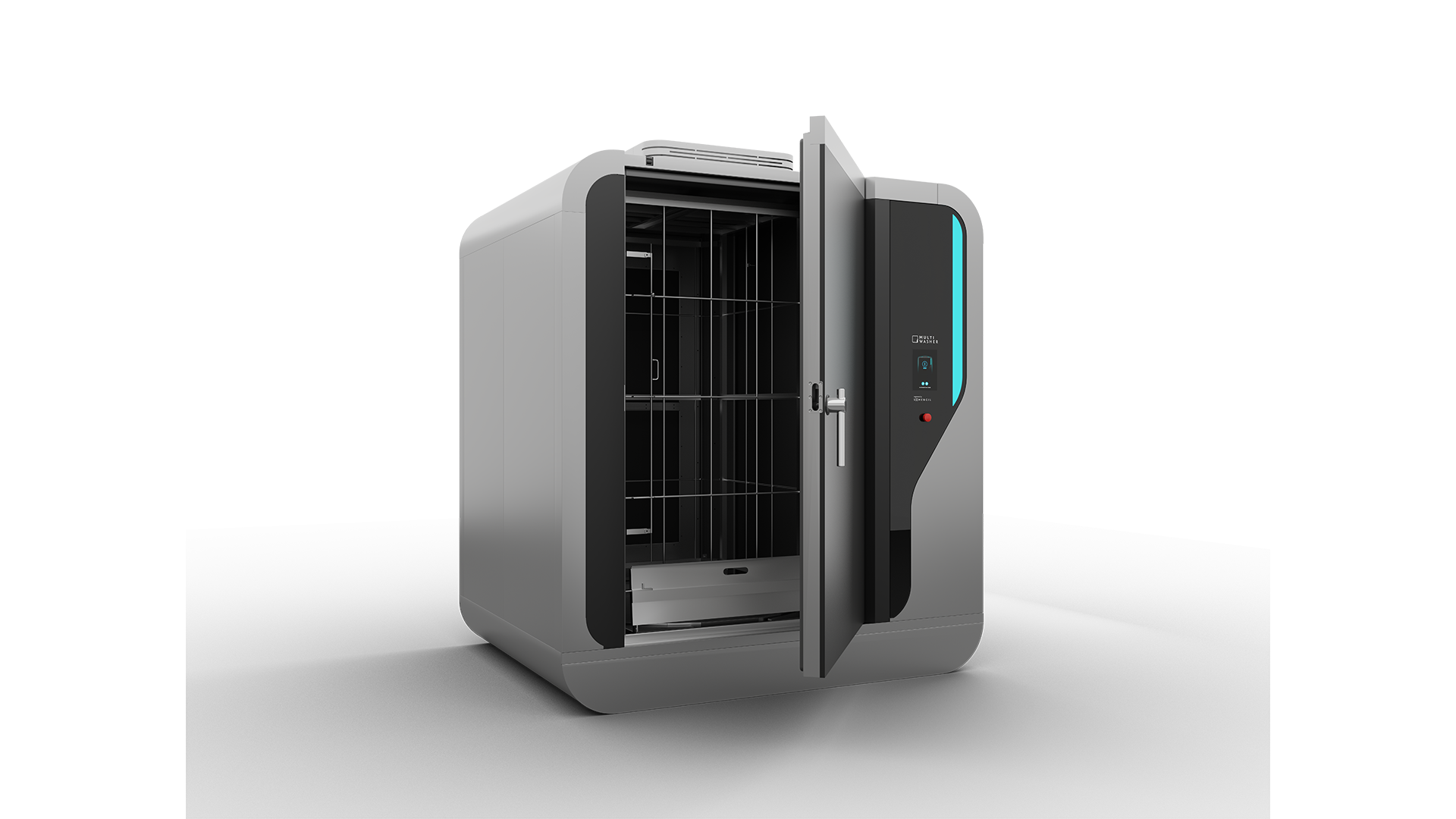
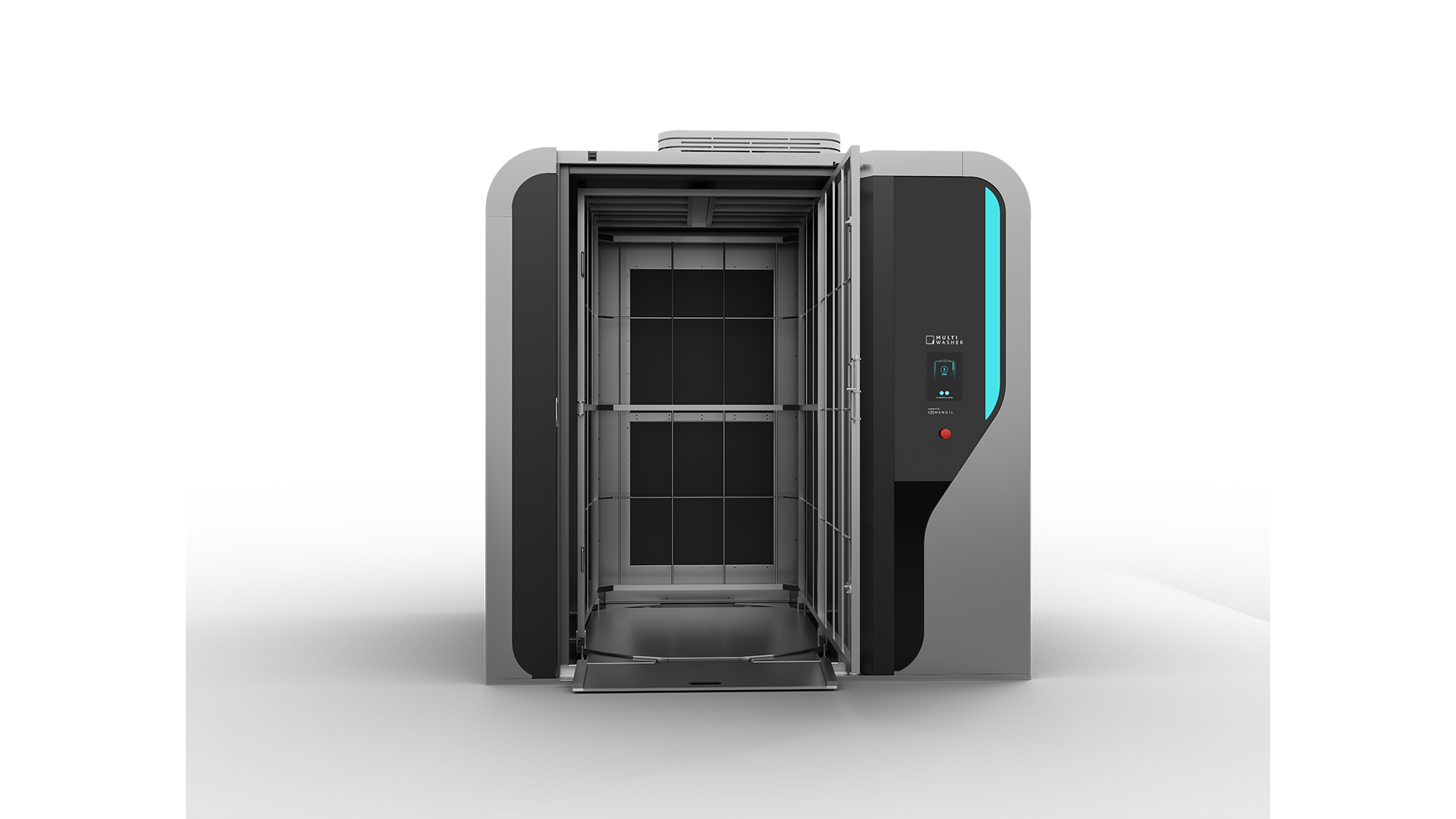
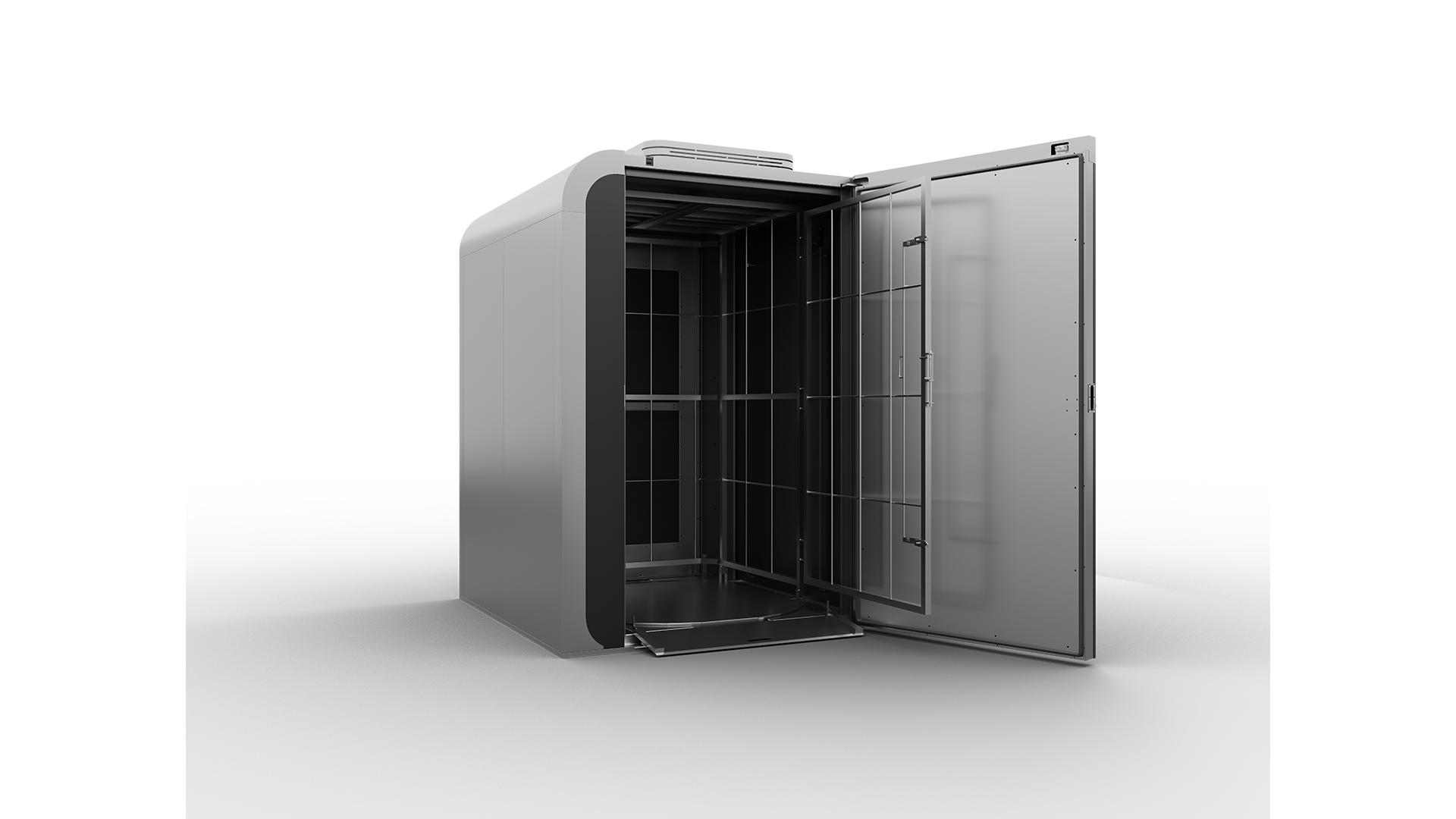
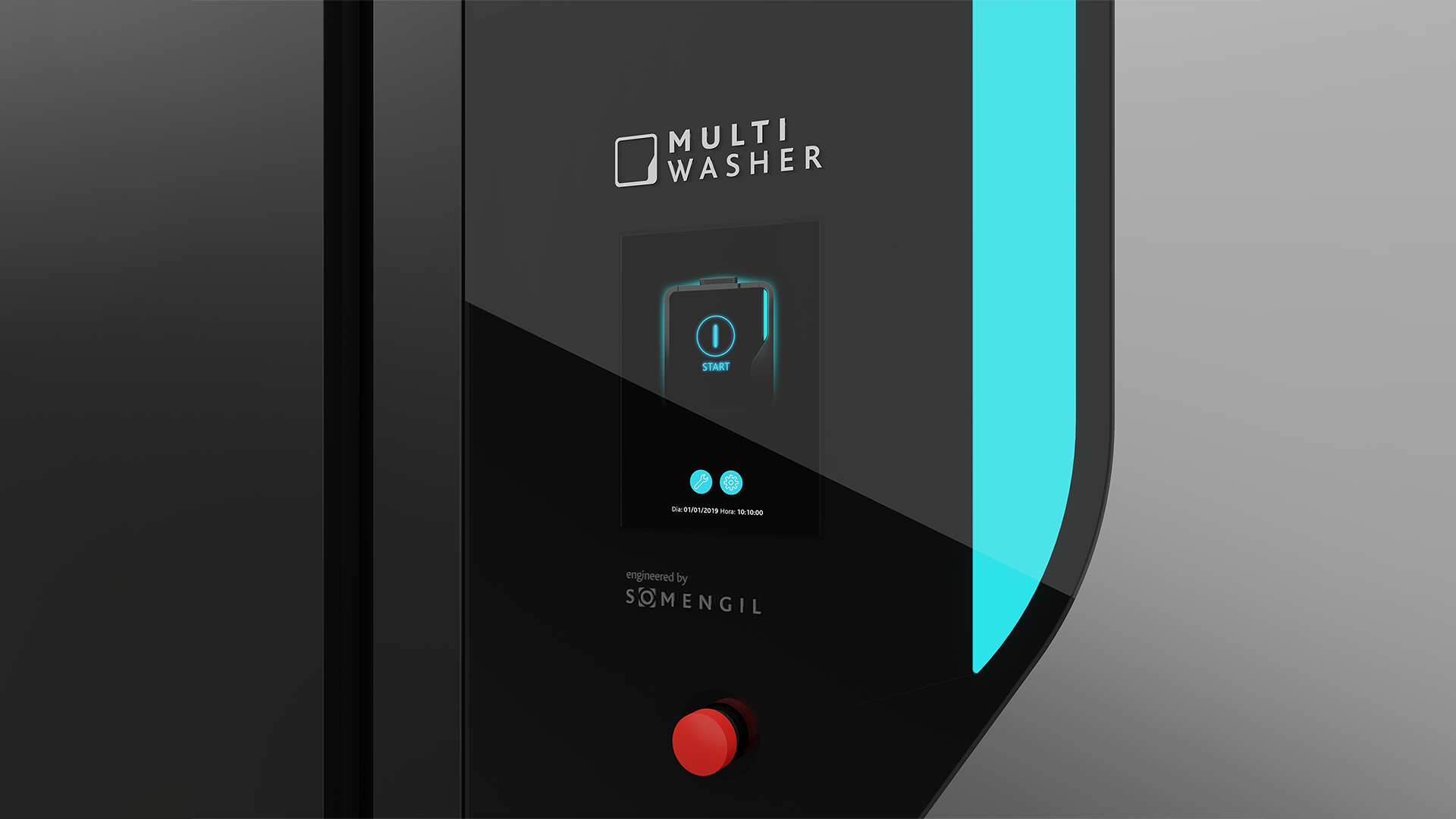
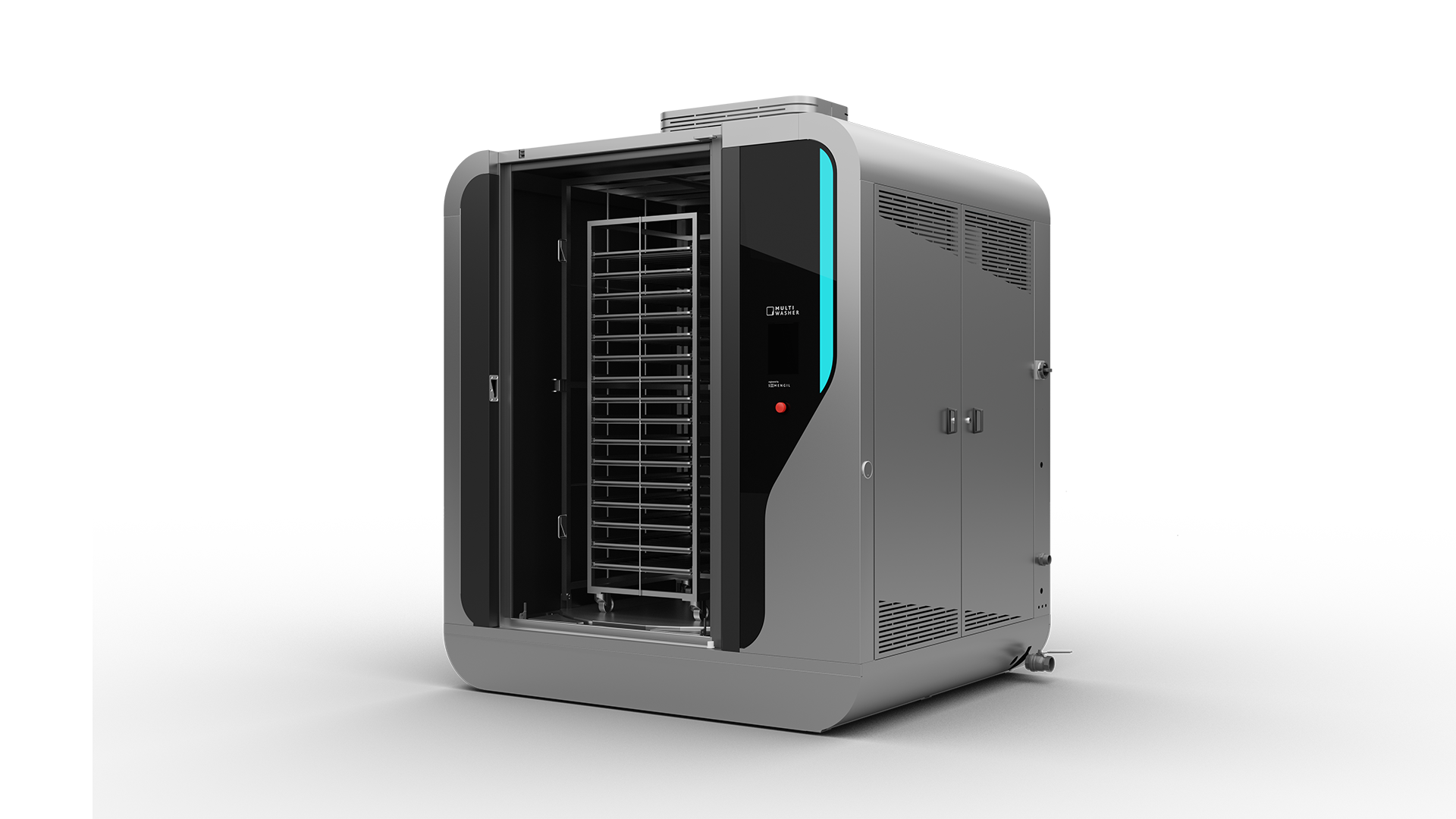
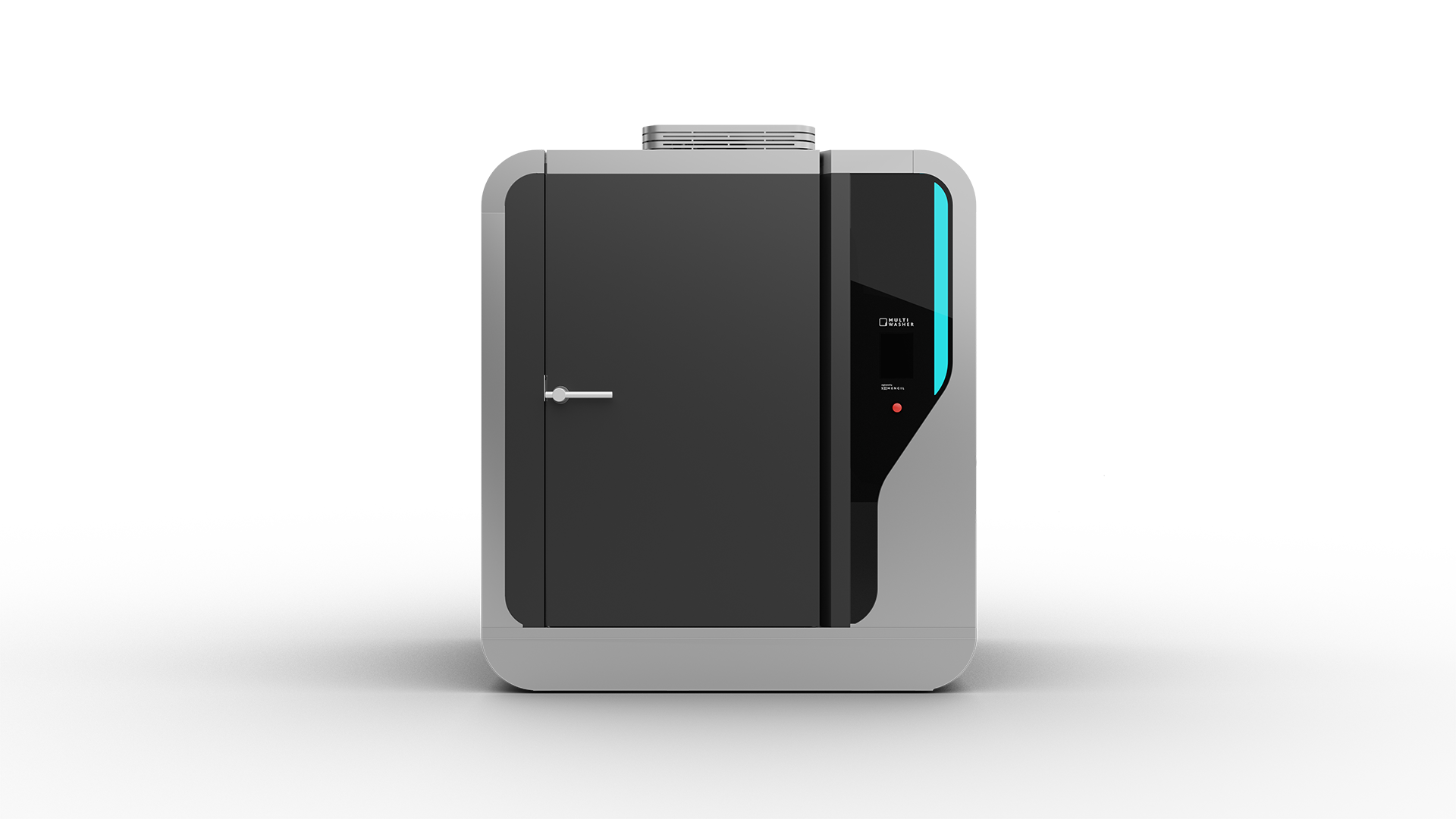

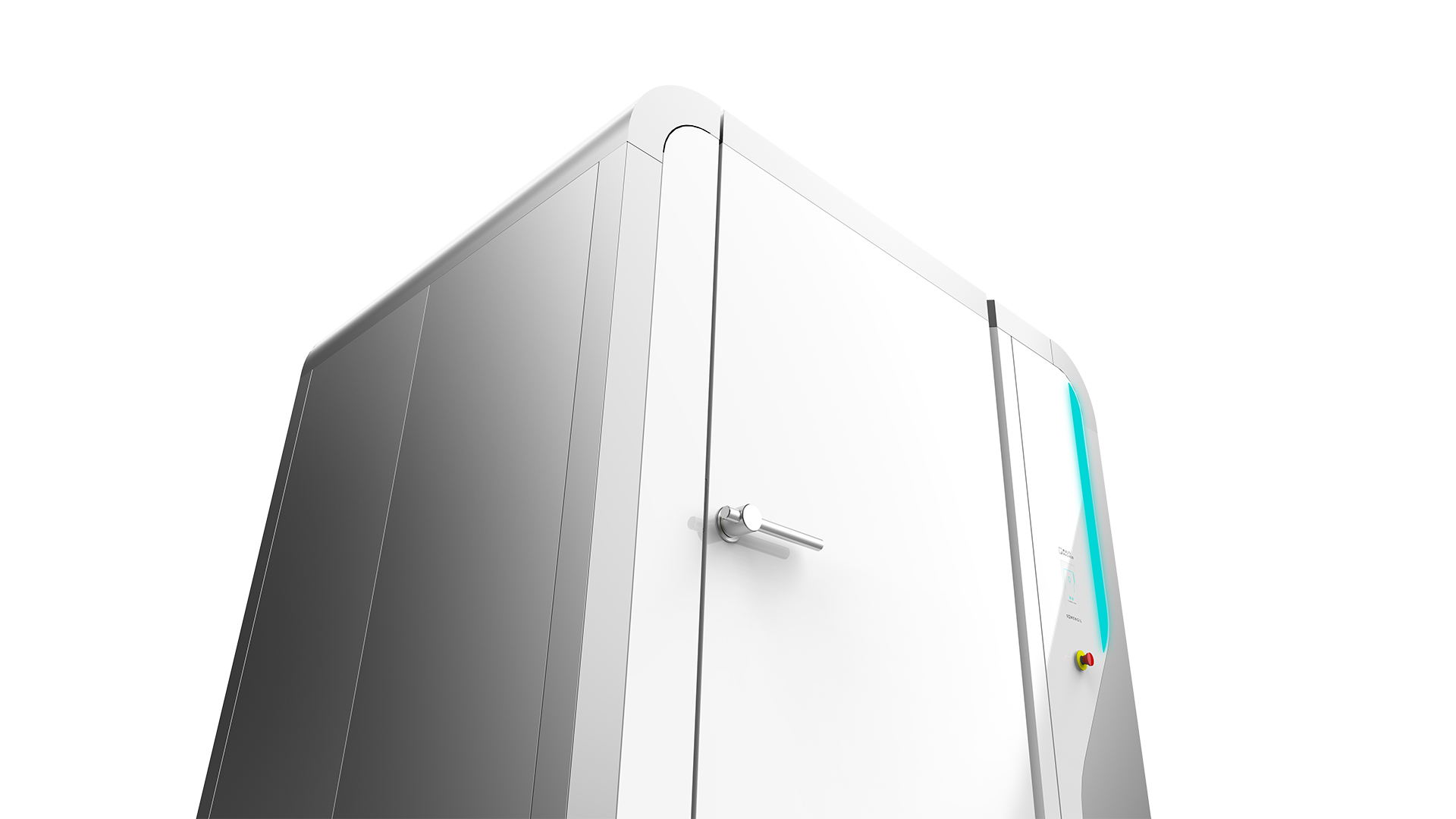
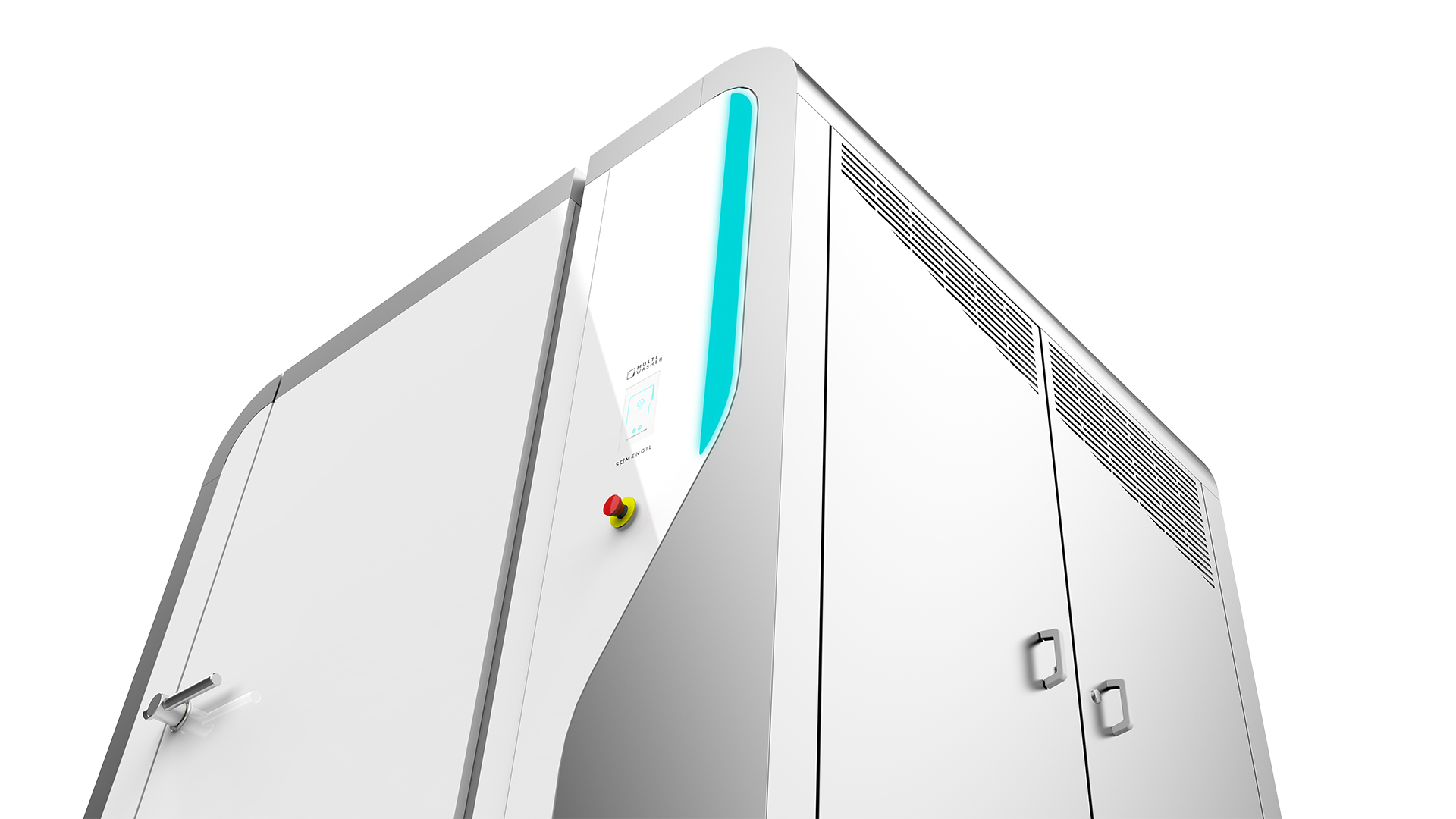
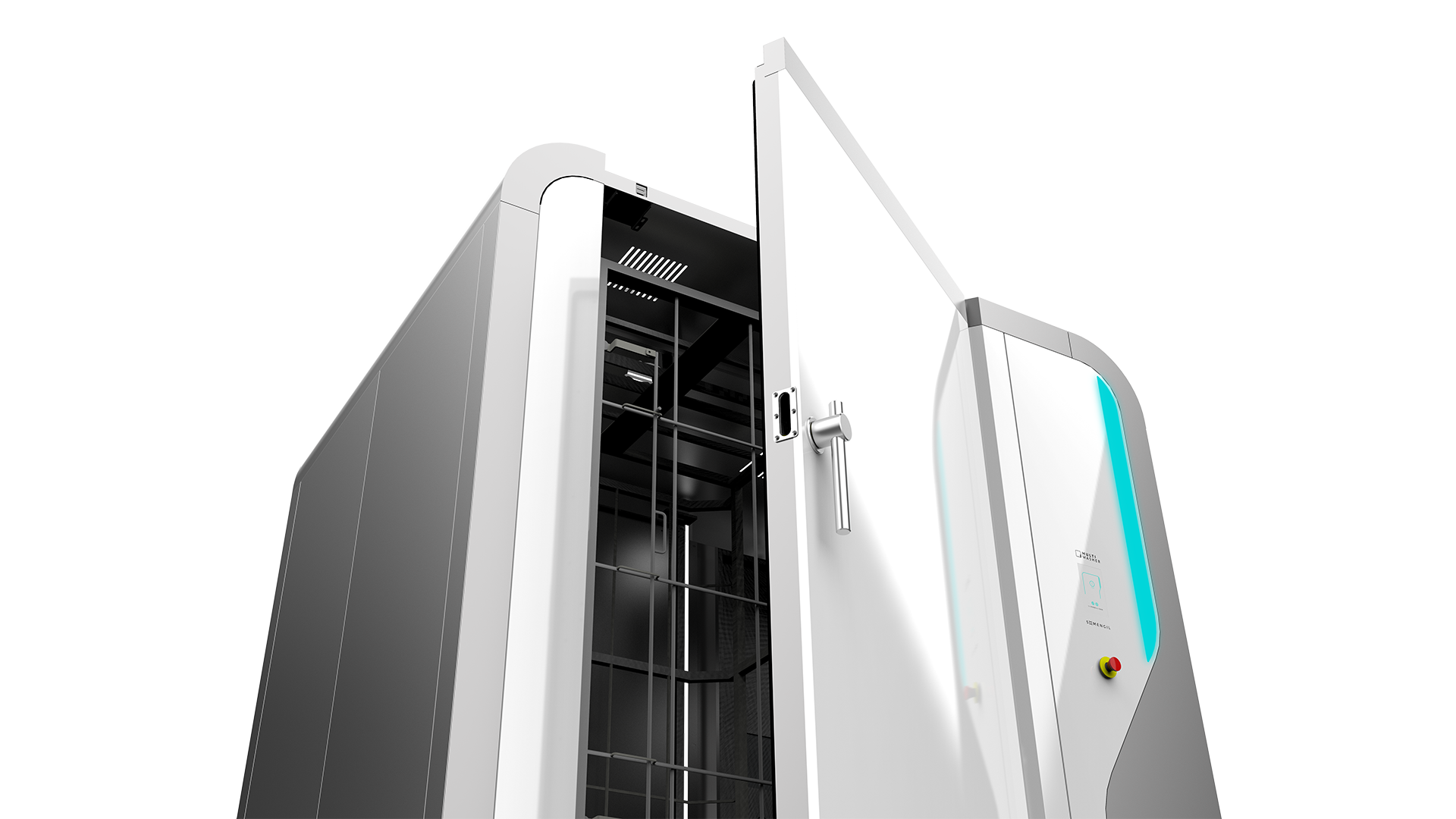
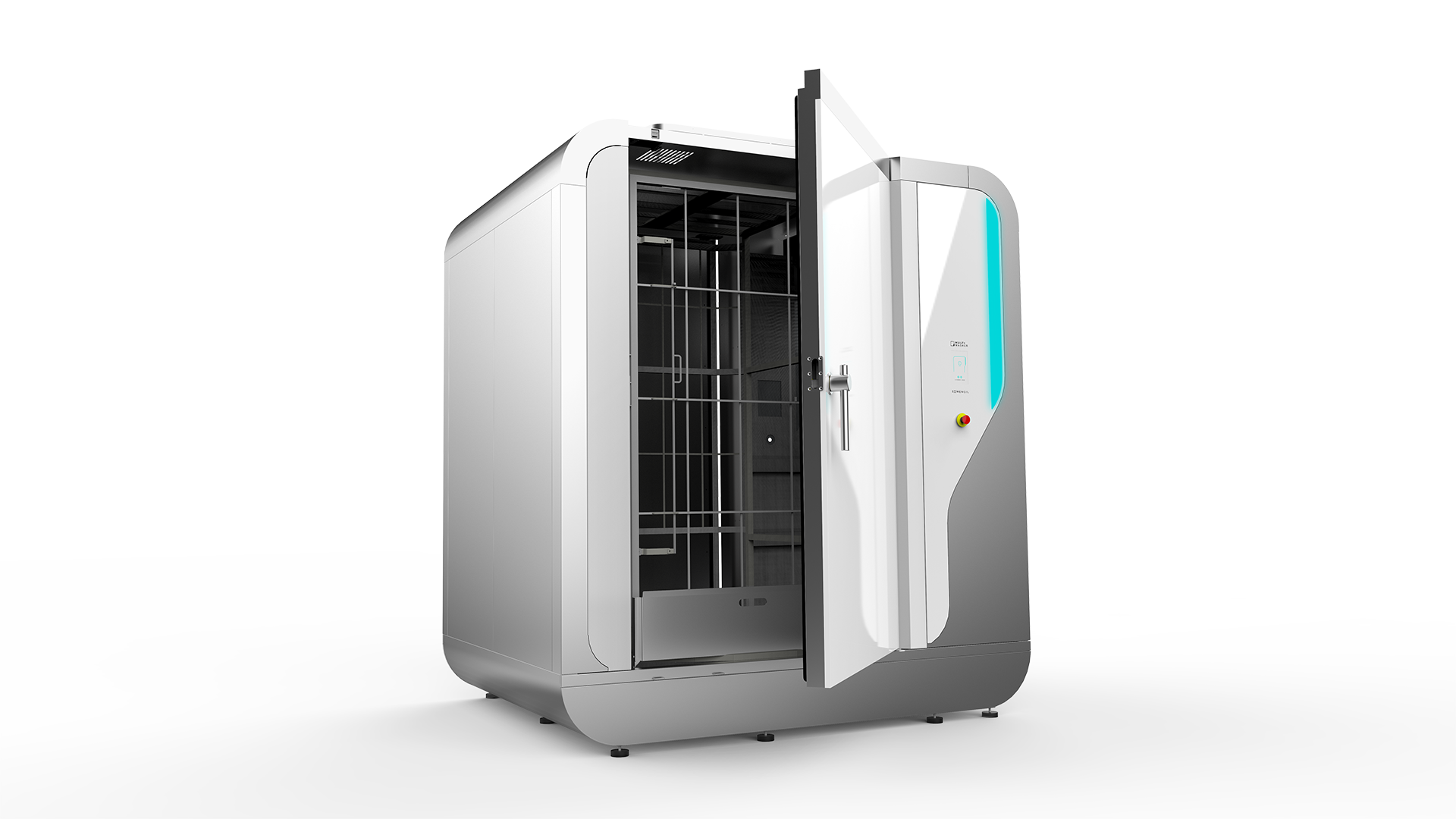
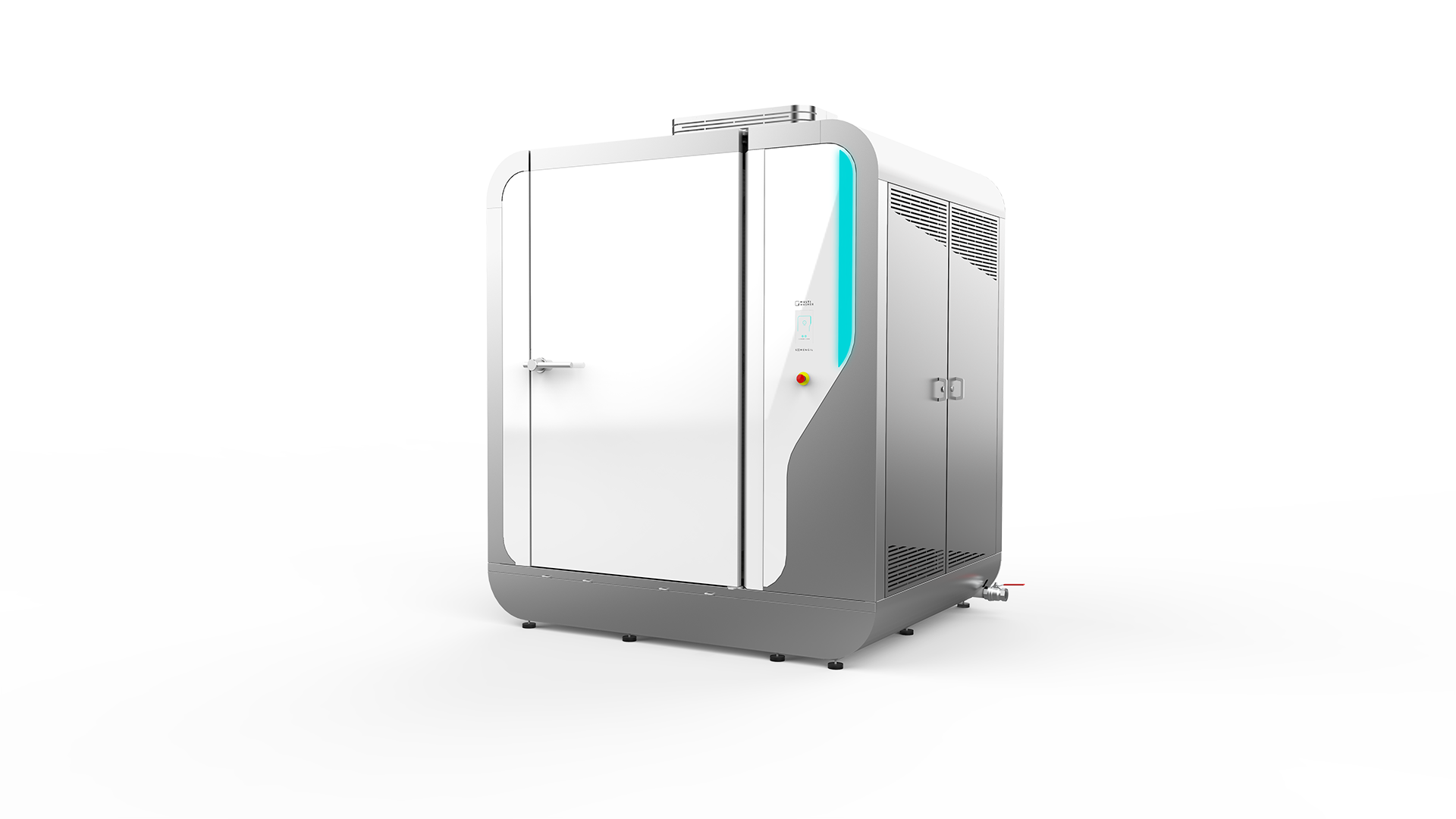
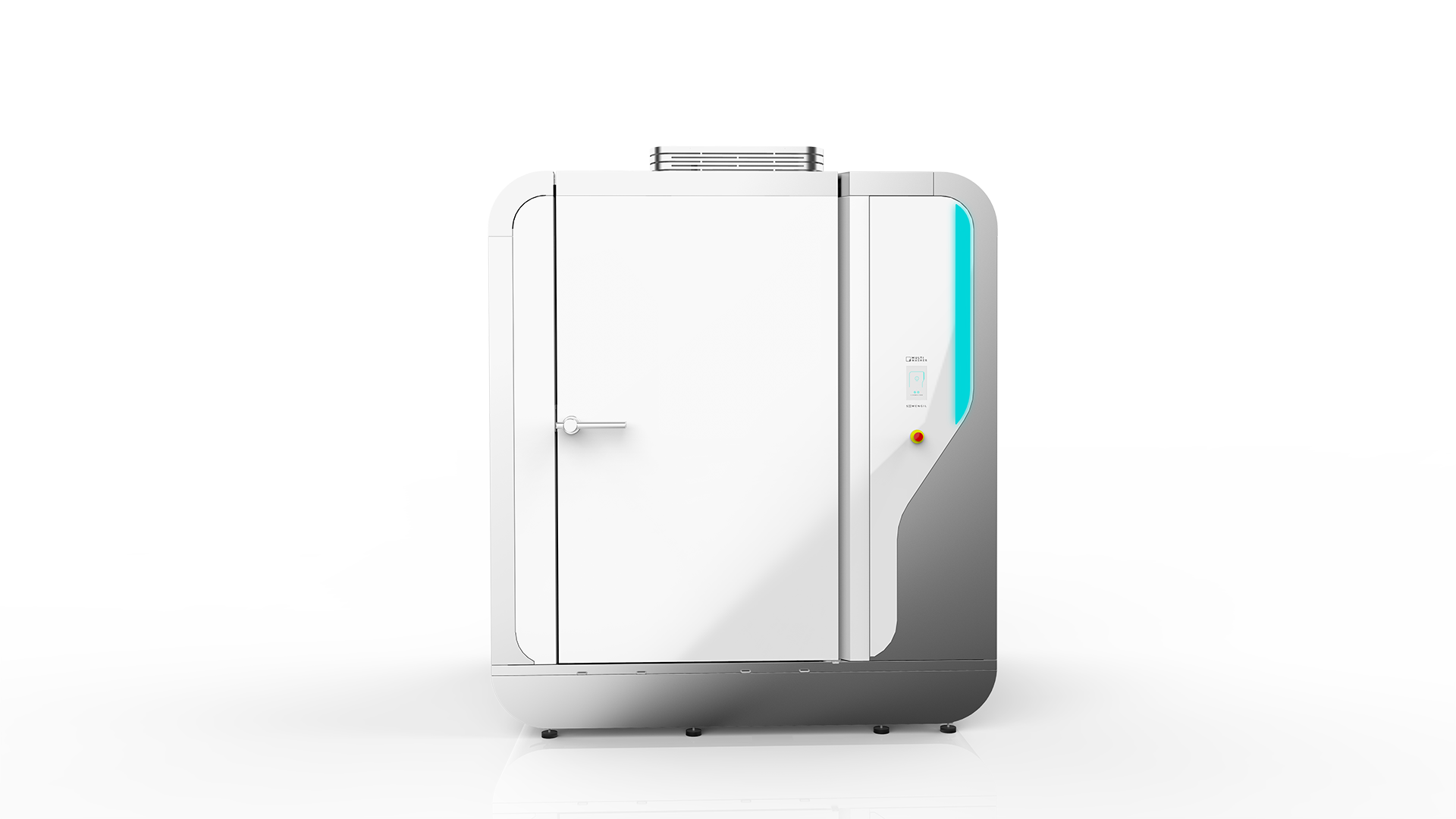
 Portugal
Portugal United Kingdom
United Kingdom United States
United States France
France Spain
Spain Germany
Germany Romania
Romania Italy
Italy Czech Republic
Czech Republic Finland
Finland Hungary
Hungary Slovakia
Slovakia Greece
Greece Lithuania
Lithuania South Korea
South Korea Russia
Russia Saudi Arabia
Saudi Arabia Poland
Poland Brasil
Brasil Hebrew
Hebrew